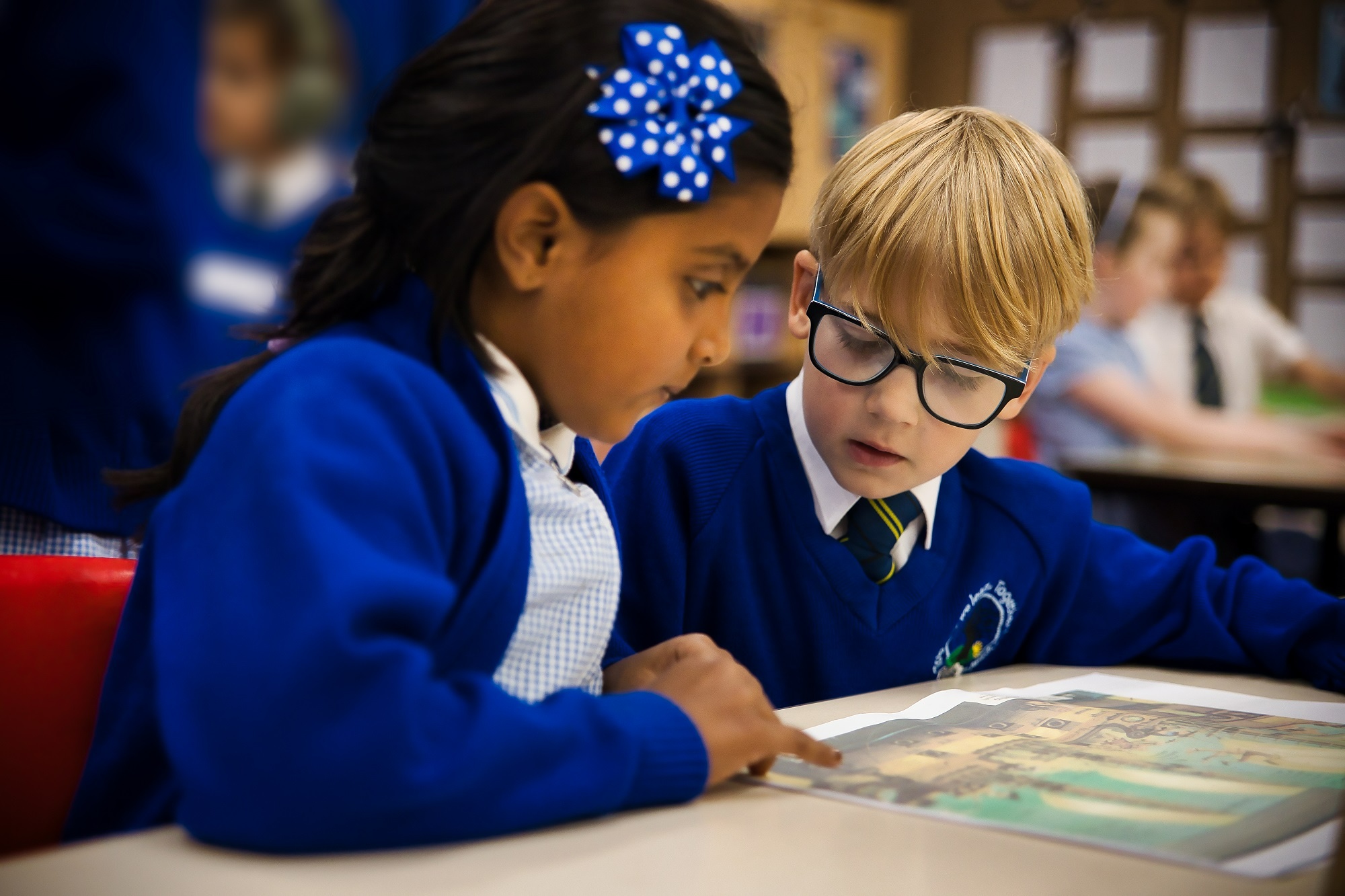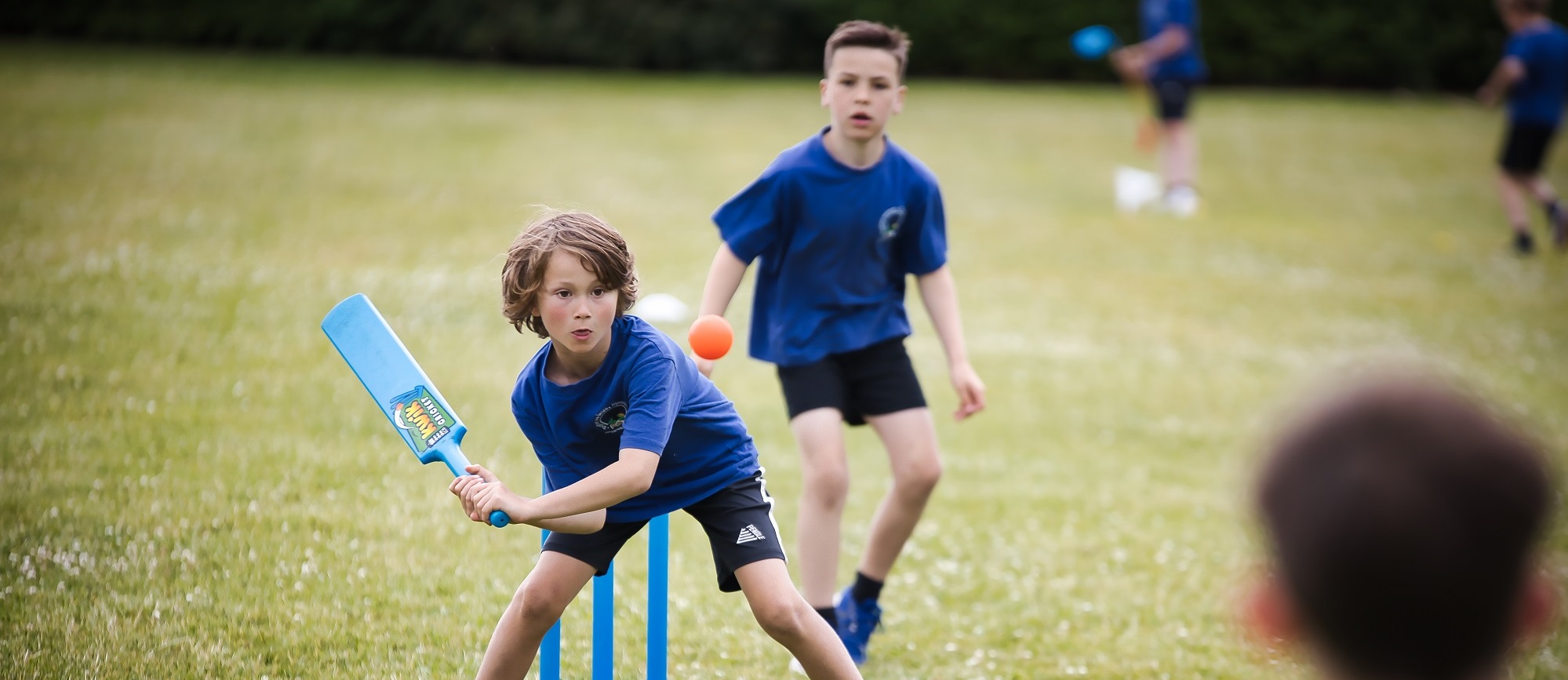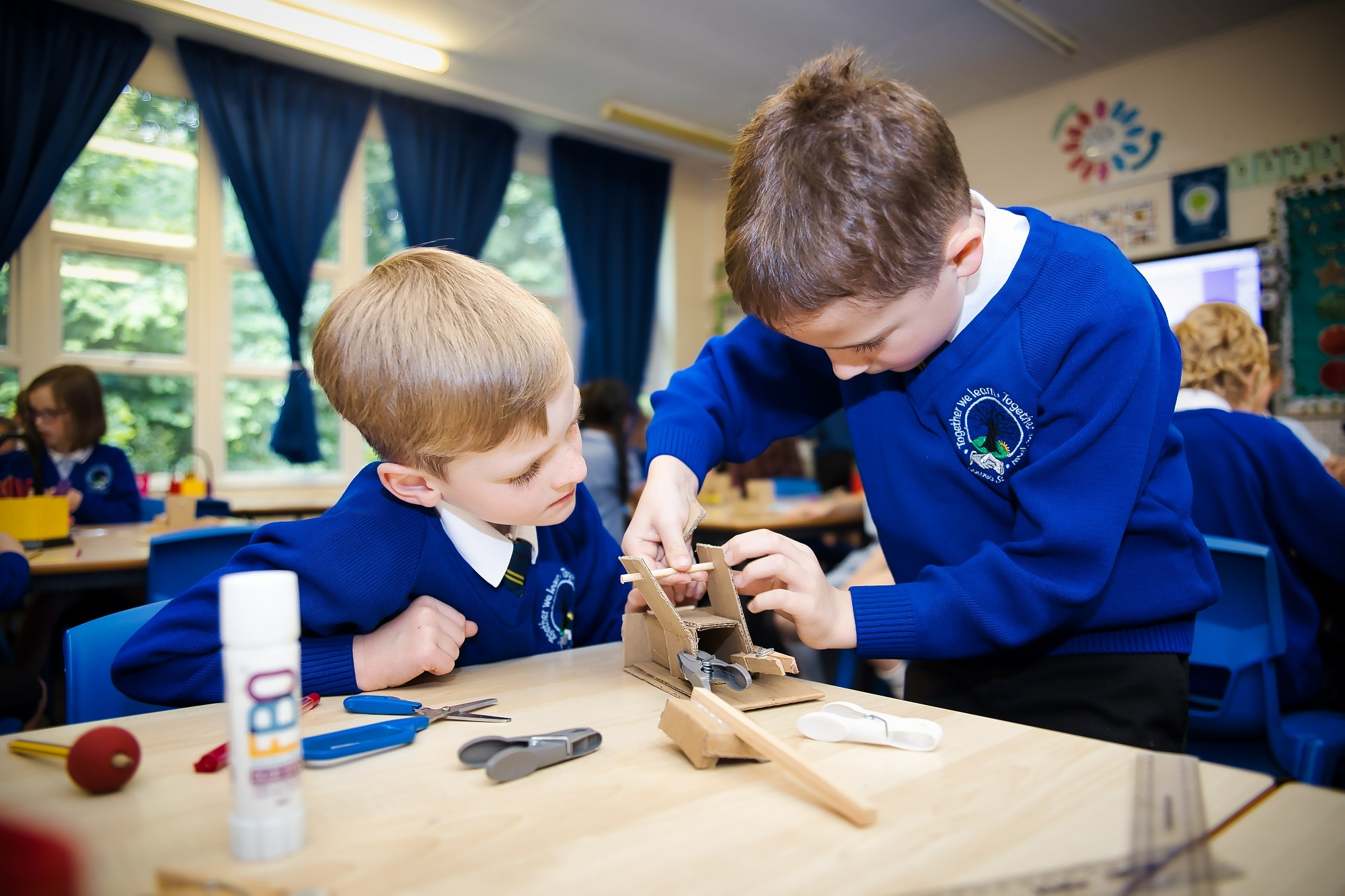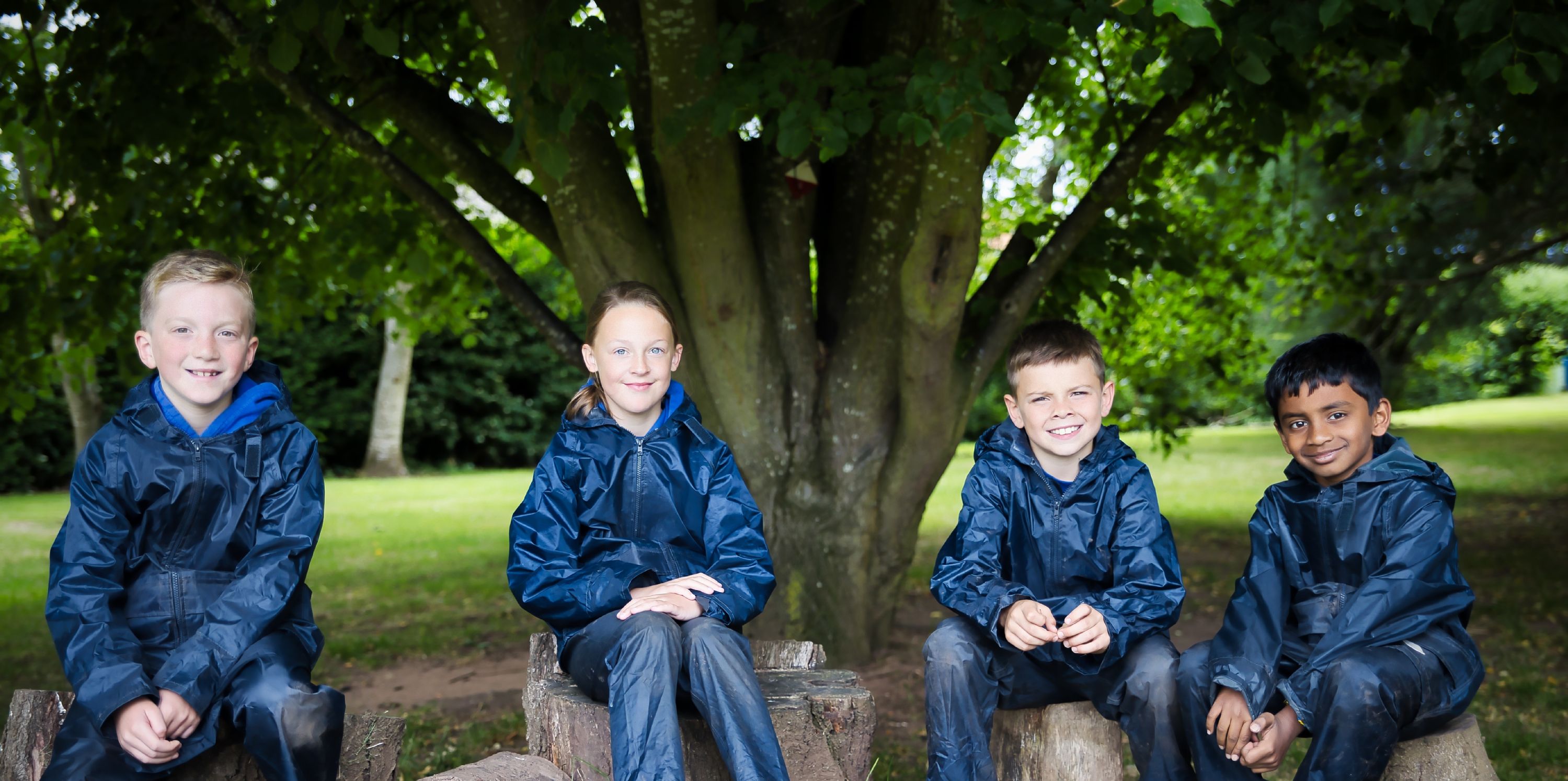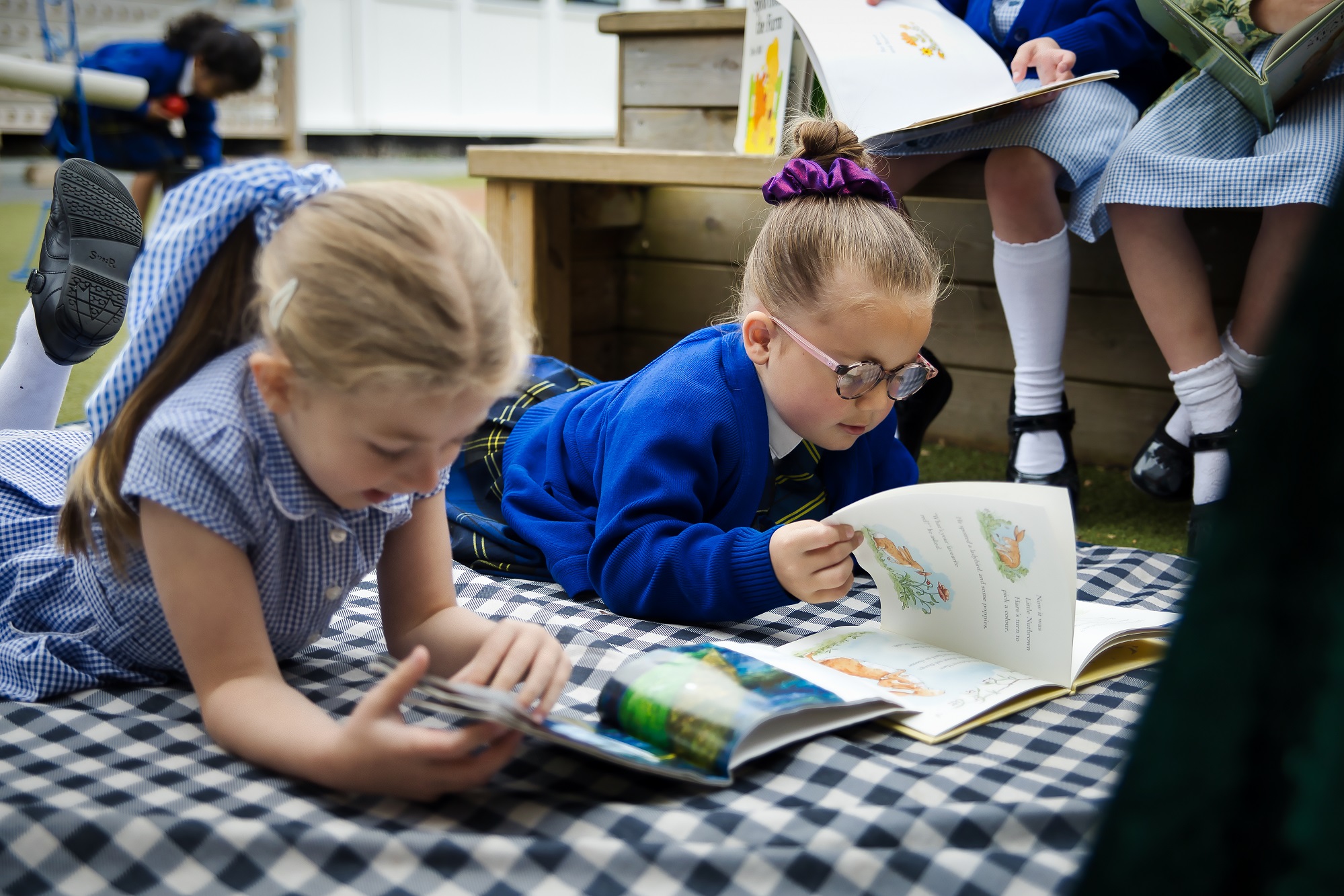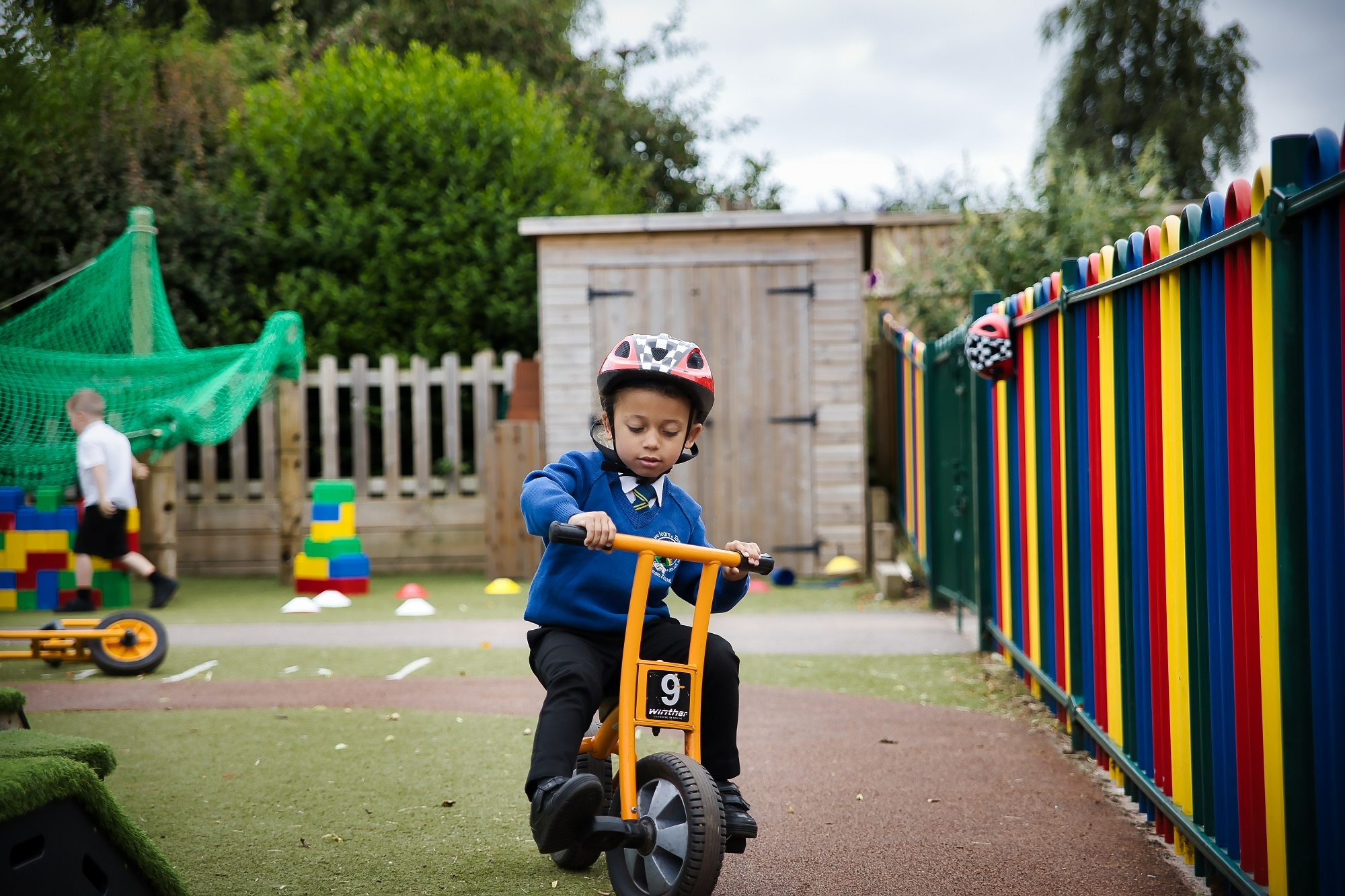Phonics
Subject Lead: Mrs B Dodd
Phonics at Leasowes
When we asked our children what Phonics at Leasowes looks like and feels like, this is what they said...
/6E70A3D3590C2682780678EA450E7CE2.png)
At Leasowes, our school ethos is built upon being 'Rooted in Reading' and Phonics is the foundation to this. We continually drive to instil in our children a love of reading and aim to plan effective and engaging Phonics lessons that are inclusive and holistic in approach to ensure that no child is left behind. Expert staff drive the teaching of Phonics to develop children who are accurate decoders who can segment and blend successfully, and that provides the building blocks for all reading to progress.
Children 'learn to read' so they can 'read to learn' throughout their time at Leasowes and beyond.
Little Wandle Programme for Teaching Phonics
At Leasowes, we teach phonics following the Department for Education ‘Little Wandle’ programme from Nursery to Y1. This is the revised version of 'Letters and Sounds'. To supplement the Little Wandle we use the Jolly Phonics resource as a multi-sensory, synthetic approach for our learners. This has proven to be a highly effective teaching approach to get the children reading and writing quickly. We also incorporate the 5Ps of Passion, Praise, Participation, Purpose and Pace in all of our lessons to further drive love and engagement. All children have the opportunity to participate in speaking, listening and spelling activities and are given the tools to enable them to thrive in Phonics and Reading.
When and How is Phonics Taught?
Phonics is taught everyday to small groups of children. These groups are closely matched to the children's abilities and are therefore fluid. Staff are reflective and reactive to the children's needs and children are grouped accordingly to ensure that every child becomes a successful reader by the time they leave KS1.
To support the children in recognising a phoneme, we use flash cards that link each phoneme with a rhyme. This helps to make the learning more memorable. The example below shows, 'ai, tail in the rain'. The Phonics Teachers use these rhymes as a basis for their lessons, again reinforcing the phoneme being learnt.
Look at some of our learning activities:
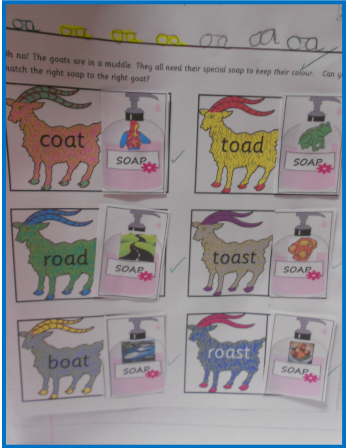
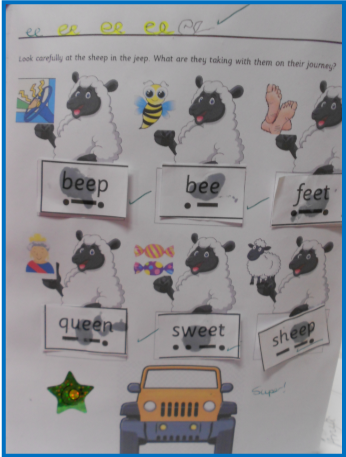
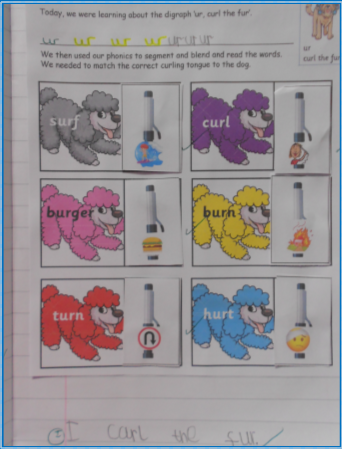
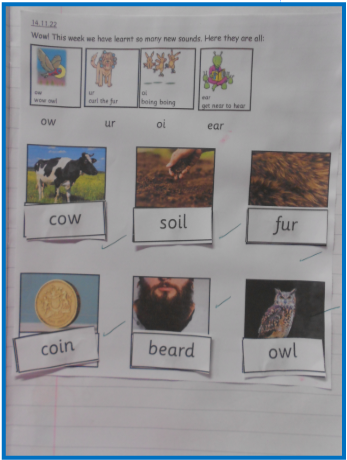
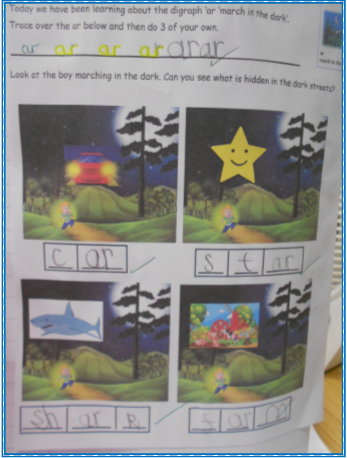
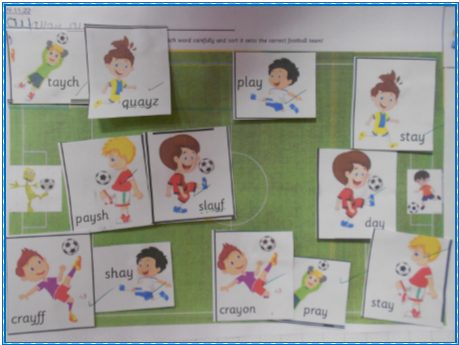
Books! Books! Books!
To further support the children's development of phonics and reading, and in addition to their Home Reading Book, each child receives a Phonics Book which is a phonetically decodable book that is closely matched to their reading ability. These books are carefully selected by their phonics teacher and match the phonemes being taught that week. The children are encouraged to read these books daily and change them each week.
Reading In Class
Through the teaching of phonics through Little Wandle, we have purchased brand new reading books for the children. This means that each Guided Reading session, the children will be reading a book with their teacher which is closely matched to the phonemes they are learning that week with their Phonics Teacher. This gives the children the ability to practise their focus sounds and embed them. Each Guided Reading session will also follow a specific structure; decoding, fluency and comprehension. We aim to equip children from an early age with the strategies they need for when they read independently; thinking about key vocabulary, looking at definitions of words, building fluency to aid understanding and thus developing their comprehension of a text. As a school we have a 'no child is left behind' drive to ensure that all children thrive in Phonics and reading.
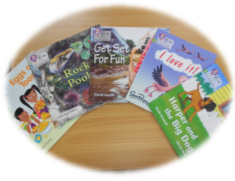
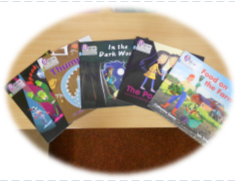
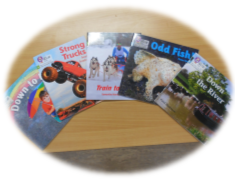
Helping your child:
/291A5F64271134B72377A4433A5C3136.png)
/496355841DDFF5950811373F1FEEBA04.png)
To help you in supporting your child with their Phonics, below you will find the following attachments:
Progression guide for Reception and Year 1: This will help you see which phonemes the children are learning and when they are taught in the year.
Initial Sounds Phoneme Mat and Grow The Code: These are the phoneme mats that the children use in class to help them with their writing. These are useful at home as it will support the children to recognise the sounds when reading and writing outside of school. The children are familiar with these and how to use them.
Pronunciation Guide: This outlines details for each phoneme the children learn and how to correctly pronounce it. There is also a Grow the Code guide which shows all the alternative sounds that a grapheme can make.
Practice Letter Formation: These will help your child form the graphemes correctly.

